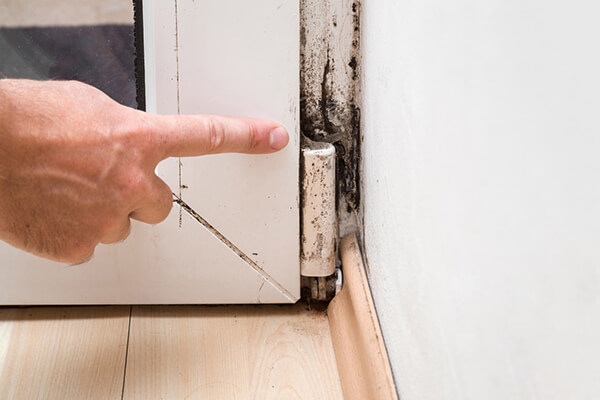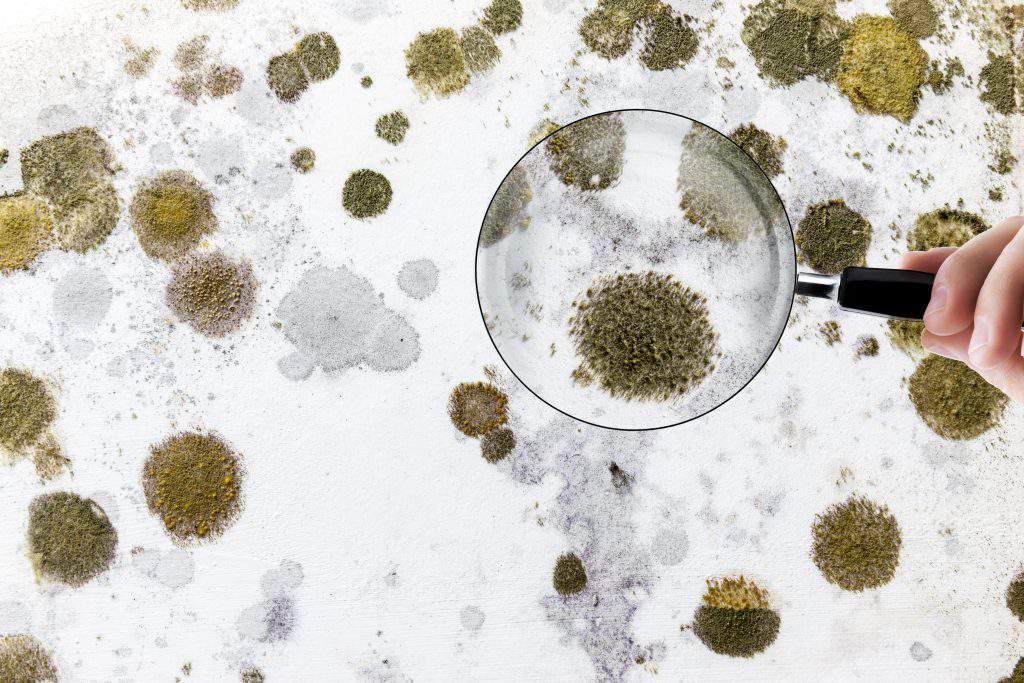Making Sure Post Remediation Verification Accuracy
Wiki Article
Your Ultimate Guide to Post Mold Remediation Strategies
In the after-effects of mold problem, recognizing how to efficiently get rid of the mold and mildew and avoid its reoccurrence is extremely important for keeping a healthy indoor atmosphere. From selecting the ideal cleaning and decontaminating methods to implementing approaches for long-lasting mold prevention, each step in the remediation trip plays a vital role in making certain an effective result.Recognizing Post-Mold Removal Refine
After completing the mold and mildew removal process, it is critical to understand the post-mold remediation strategies that are essential to guarantee a effective and extensive clean-up. When the mold and mildew has actually been removed, the next action involves cleansing and decontaminating the influenced locations to stop any type of regrowth of mold. This consists of using specialized cleaning representatives to clean down surfaces and eliminate any remaining mold and mildew spores. It is crucial to dry the area totally to discourage the growth of mold and mildew in the future (Post Mold remediation cleaning). Proper air flow and dehumidification can help in this process.
In addition, conducting a final inspection post-remediation is important to make sure that all mold has been successfully eradicated. This examination should entail a comprehensive aesthetic check as well as perhaps air tasting to confirm the lack of mold spores airborne. Extra remediation may be necessary if the evaluation discloses any type of lingering mold and mildew. Last but not least, enlightening occupants on safety nets such as managing wetness degrees and promptly resolving any kind of water leaks can assist keep a mold-free atmosphere.
Reliable Cleansing and Sanitizing Approaches

Protecting Against Future Mold And Mildew Growth

Significance of Proper Ventilation
Correct air flow plays an essential duty in preventing dampness buildup, a crucial variable in mold growth within indoor settings. Reliable air flow systems help eliminate excess humidity from the air, reducing the chances of mold and mildew spores discovering the moisture they require to spread out and sprout. Without sufficient air flow, indoor spaces can become a breeding ground for mold, causing possible wellness risks and structural damage.By guaranteeing correct air blood circulation, ventilation systems can likewise aid in drying moist locations much more quickly after water damages or flooding cases, further deterring mold development. After mold remediation. In spaces like restrooms, basements, kitchen areas, and attics where dampness degrees tend to be higher, setting up and preserving effective ventilation systems is vital in protecting against mold problems

Tracking and Maintenance Tips
Given the critical role that proper ventilation plays in preventing mold growth, it is essential to establish reliable tracking and maintenance pointers to make sure the continued capability of ventilation systems. Tracking humidity degrees within the building is likewise important, as high humidity can contribute to mold development. By remaining aggressive and attentive to the problem of air flow systems, residential or commercial property proprietors can efficiently reduce the danger of mold and mildew regrowth and keep a healthy and balanced interior atmosphere.
Final Thought
In conclusion, post-mold remediation techniques are important for making certain a tidy and risk-free environment. Recognizing the procedure, applying efficient cleansing and sanitizing methods, preventing future mold growth, keeping appropriate air flow, and normal tracking are all vital action in the remediation procedure. By complying with these standards, you can effectively remove mold and avoid its return, working or advertising a healthy and balanced living space for all owners.In the aftermath of mold and mildew invasion, understanding exactly how to effectively eliminate the mold and avoid its reoccurrence is paramount for keeping a healthy interior setting. Once the mold and mildew has been removed, the following step includes cleansing and decontaminating the impacted areas to avoid any kind of regrowth of mold and mildew - what to do after mold remediation. After removing noticeable mold growth, it is essential to clean all surface areas in the damaged area to eliminate any type of continuing to be mold spores. To even more boost mold prevention procedures, it is vital to address underlying issues that initially led to mold development.Provided the vital function that appropriate ventilation plays in stopping mold and mildew development, it is necessary to develop efficient tracking and upkeep suggestions to guarantee the continued functionality of air flow systems
Report this wiki page